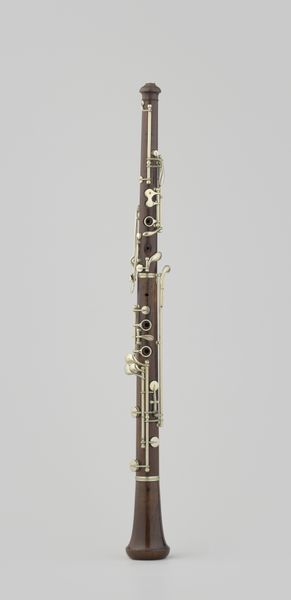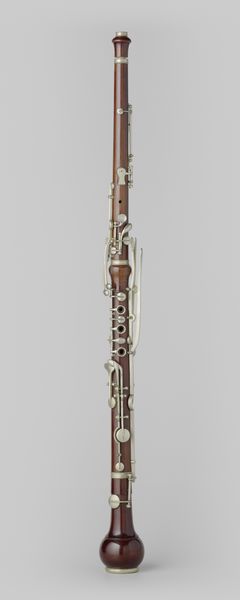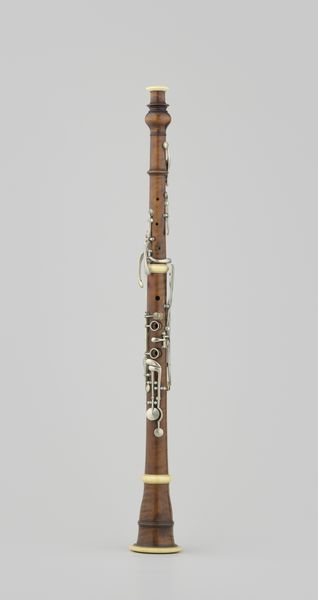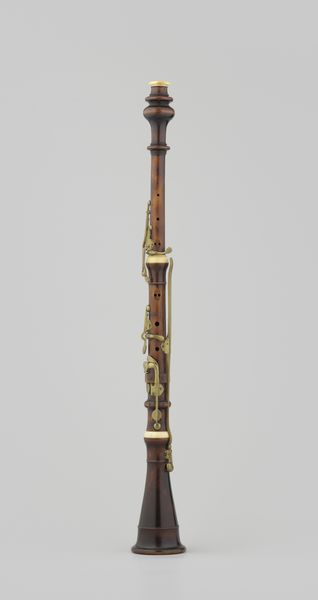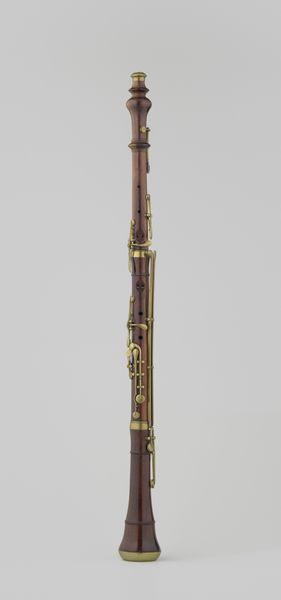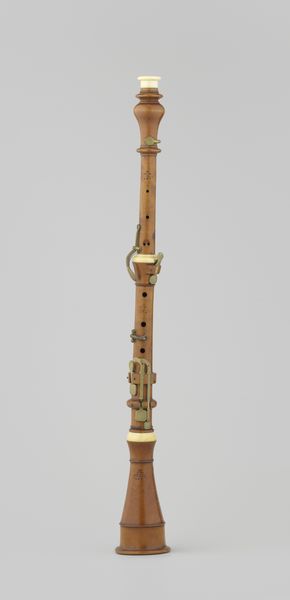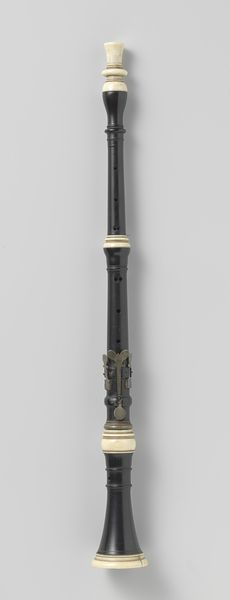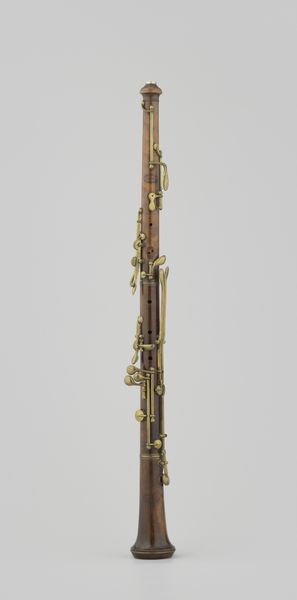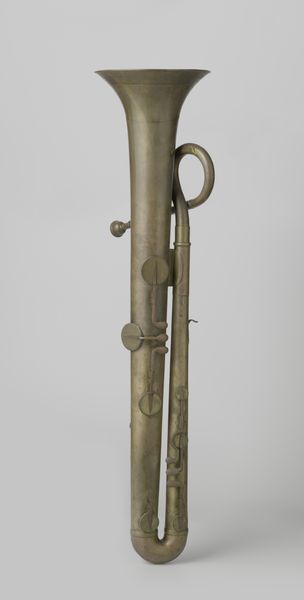
wood
#
portrait
#
wood
Dimensions: length 54.6 cm, diameter 2.8 cm, diameter 6.3 cm
Copyright: Rijks Museum: Open Domain
Editor: Here we have an oboe from around 1850 by Firma Heckel, crafted from wood. Looking at it, I immediately imagine the melodies that could be coaxed from its form. It seems like such an intimate object. What do you see in this piece? Curator: Well, I see echoes of a vanished world, for starters. Imagine the hands that held it, the breath that flowed through it. The patina tells a story, doesn't it? The wood itself seems to have absorbed the music it helped create. Does it whisper secrets to you? Editor: Whispers definitely. The delicate keys and elegant shape suggest a certain refinement, a particular kind of sound, don't they? Curator: Exactly. The materials – wood, metal, perhaps a bit of ivory – speak of the craftsperson’s skill, their deep understanding of how to coax music from inert matter. For me, there's something almost alchemical about it. You see this not as a functional instrument, but a container of sounds past? Editor: I do. This object goes beyond mere functionality. Its like a musical portrait capturing the zeitgeist, an image made sonorous. How the formal portrait translates to representing an instrument. Did portraiture styles of the era have an effect on musical instruments' appearance? Curator: Ooh, interesting question. Perhaps indirectly? The desire for elegance, for beauty in form and detail, certainly permeated all aspects of 19th-century culture. Maybe we are responding to an underlying artistic impulse for sophistication? Editor: That makes perfect sense. I never considered how those different expressions could be tied to underlying artistic impulse of a time. Curator: These instruments were more than functional things; they were objects of beauty, intended to bring pleasure to the eye as well as the ear. Glad to share the perspective with you.
Comments
No comments
Be the first to comment and join the conversation on the ultimate creative platform.

